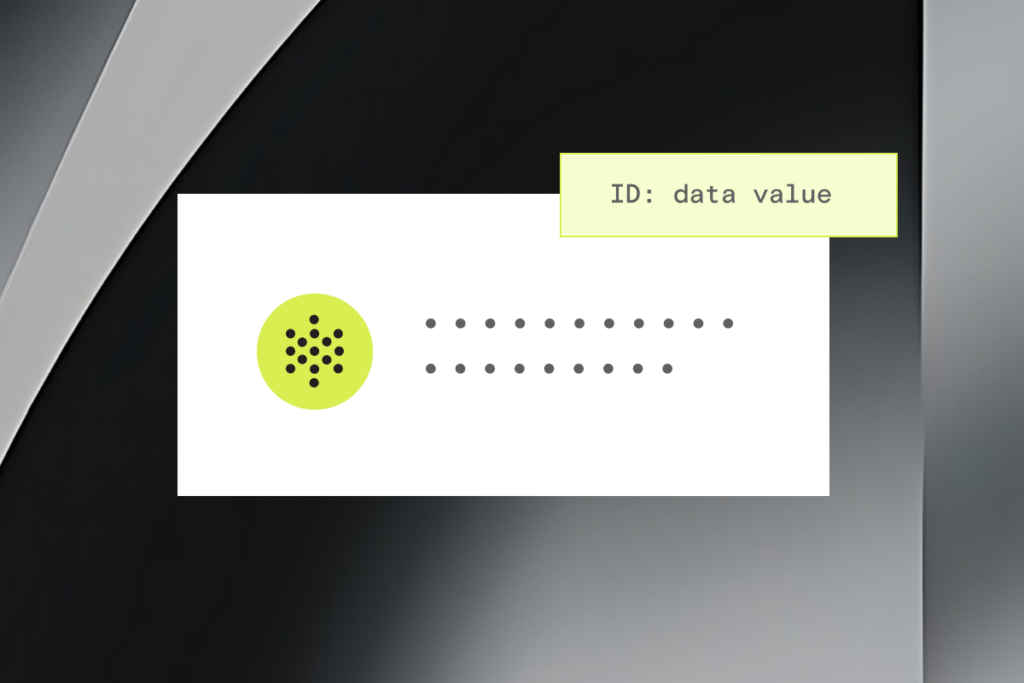Table of Contents
Many contact centers require customer identity verification steps in order to accurately identify callers and verify that they are who they say they are.
While they’re often lumped together, identification and verification are two separate tasks with two distinct purposes.
Identification is the process of matching a caller with an entry in your CRM to check their identity
Verification is the process of checking the caller is who they claim to be
In this post, we’ll look at the different methods contact centers can use to identify and verify callers, and explore which work best in terms of customer experience, accuracy and implementation.
3 methods of identification and verification
There are three common ways to identify and verify callers:
- Automatic Number Identification (ANI) – identifying callers based on their phone numbers
- Knowledge-Based Authentication (KBA) – identifying and verifying callers based on their responses to a question/set of questions
- Voice Biometrics – verifying callers based on their voice
1. Automatic Number Identification (ANI)
ANI is the process of identifying a caller based on their phone number. It’s typically provided by CCaaS providers and uses phone numbers to discern the caller’s identity based on CRM records.
ANI provides a seamless experience for the caller, who can jump straight into their query without needing to go through an identification process.
While ANI is easy for callers, it’s not particularly secure (phone numbers are relatively easy to spoof) and it only works if the caller phones from the number that is stored in your CRM. In some cases, multiple customers will have the same phone number and the system will not be able to identify which one is calling.
ANI is great for enabling contact center agents to offer personalized service as soon as they answer the phone but it’s not a reliable or secure method of identifying or verifying callers, and will require a fallback option.
2. Knowledge-Based Authentication (KBA)
Knowledge-Based Authentication (KBA) is the process of asking callers a series of questions in order to ascertain their identity. KBA is prevalent in contact centers. Opus Research found that 99% of firms use knowledge-based methods for authentication and fraud detection.
Callers can be identified against any piece of information the company has in their CRMs, such as name, date-of-birth, customer number, answers to a secret question, mother’s maiden name etc.
KBA is naturally conversational, and although it requires a little effort from the customer, it is generally a simple process that callers are already familiar with. KBA is popular in contact centers as a conversational method of both identifying and verifying customers. It is secure in that multiple customers are unlikely to match against a combination of personal details (e.g. name and date of birth), but is susceptible to social engineering.
The challenge with automating KBA is speech recognition. In order to identify a caller by name, order number or ZIP code, those pieces of information need to be accurately taken down by the automated system.
PolyAI voice assistants have attained a reliable level of accuracy to perform KBA over the phone. We’re able to identify callers based on any piece(s) of information the company stores in their CRM including ZIP codes, order numbers, names, addresses and many more.
3. Voice Biometrics
Voice biometrics solutions are used to verify callers’ identities based on the sound of their voice. Voice biometrics solutions require customers to provide a number of voice samples to make up a voiceprint. Some solutions require customers to state a phrase like ‘My voice is my password.’ Others can identify customers based on their voice within a natural conversation, so seamlessly that customers don’t even notice it happening.
There are a couple of issues with voice biometrics that you should be aware of.
Voiceprints are not unique. There is a 0.5% (or 1 in 200) chance of getting a false match. Using voice biometrics in the contact center means that 1 in every 200 calls will include a caller being misidentified.
Secondly, while it is difficult to fool voice biometrics solutions, it is not impossible.
For these reasons, it would be unwise to use voice biometrics to identify customers. Voice biometrics is best suited to verifying callers who have already been identified via other means (such as KBA).
Finally, it is worth considering the investment that voice biometrics requires from customers. Opus Research found that when customers are invited to opt-in for voice biometrics, only around 35% will take up the offer. Companies considering investing in voice biometrics should consider not only the cost of implementation but also the cost of optimizing performance over a period of many months once the solution is deployed.
Comparing the top methods of ID&V
Automatic Number Identification | Knowledge-Based Authentication | Voice Biometrics | |
User Experience | Good.
| Good.
| High.
|
Accuracy of identification | Medium - high.
| Medium-high.
| Medium-Low Accuracy becomes worse as customer base increases. 1/200 people will be wrongly identified. |
Accuracy of verification | Low.
| Medium-high.
| High.
|
Implementation | Easy.
| Medium.
| Hard.
|
Cost | Low. | Medium. | Medium-high. |
How to choose the right ID&V process for your call center
How companies choose to identify and verify customers will depend on the level of security necessary to provide customers with access to their accounts, and the level of customer experience the company wishes to provide.
PolyAI recommends following:
Identification:
- Use knowledge-based authentication to identify callers where ANI doesn’t work
- Where possible, identify the caller based on their phone number using automatic number identification.
Verification:
- Use knowledge-based authentication to verify callers based on personal information
- Use voice biometrics as an additional layer of authentication
There’s a reason call centers have relied on knowledge-based authentication for so long. It is a secure and customer-friendly means of both identifying and verifying callers.
Automatic number identification can help to reduce average handle time in call centers.
Voice biometrics is a nascent technology that can create smooth customer journeys, but voiceprints are not unique and voice biometrics should only be used in conjunction with other methods of identifying callers.
Call center identity verification FAQs
Call centers can balance security and customer experience by:
- implementing AI solutions that streamline the verification process while reducing the impact of fraudsters
- providing clear communication and support to customers during the verification steps
- continuously refining processes based on customer data, feedback, and technological advancements
We anticipate more businesses will incorporate AI and machine learning for more sophisticated verification methods. Future trends are also likely to involve enhanced integration of identity verification with other security measures and a continued focus on improving customer experience while maintaining robust security.



